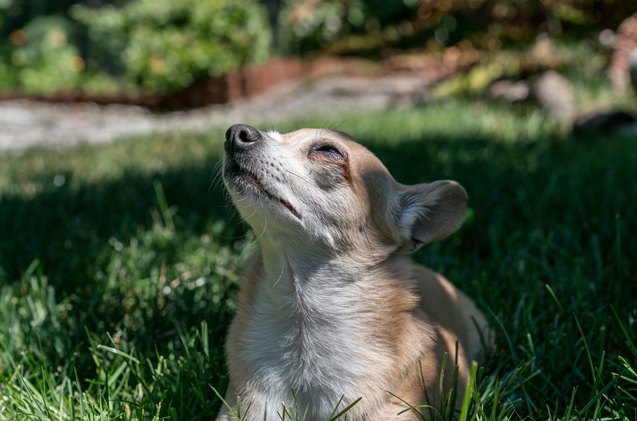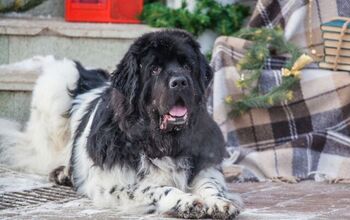Labrahuahua


About Labrahuahua
The pint-sized Labrahuahua brings the gentle, loyal nature of the Labrador Retriever together with the feisty, spunky attitude of the Chihuahua to produce a fun family dog that is intelligent and playful but possesses a stubborn streak that will require lots of patience when training.
The Labrahuahua shares the gentle Labrador Retriever nature and the spunky Chihuahua attitude.
The Labrahuahua is the offspring of two purebred dogs and likely originated in the 1980’s when Designer Dogs first became popular. The process of mixing different breeds was intended to produce smaller, hypo-allergenic or simply a more social version of a popular dog breed.
Not being a purebred dog, the Labrahuahua doesn’t qualify to join the American Kennel Club (AKC) however both parents are long-time members. The Chihuahua joined the club’s “toy” group in 1904 and in 1917 the Labrador Retriever joined AKC’s “sporting” group.
While the Labrahuahua is a friendly, playful dog, he isn’t overly active so be careful his diet does not include a lot of fillers (grains and carbs) that may cause him to over-eat to feel full and potentially gain weight. Plan to feed him 2-3 smaller meals each day versus free-feeding because the Lab side of this pooch is a known overeater and obesity can cause mobility issues in this dog later in life.
Labrahuahua are typically gentle, family-loving dogs who are social with others and well-behaved.
The Labrahuahua brings the intelligent and trainable Labrador Retriever together with the stubborn little Chihuahua for a pooch that will require a very patient, consistent approach to training. If the independent streak of the Chihuahua is prevalent you may want to bring in a professional trainer to get the best results. As with all dogs, a rewards-based approach and plenty of praise (and treats) for a job well done will go a long way towards success.
Your Labrahuahua is a medium-sized dog that will weigh between 20-40 pounds.
Labrahuahua are typically gentle, family-loving dogs who are social with others and well-behaved. If the Chihuahua influences your pooch more than the Labrador, he may show a little attitude so early socialization will be key. This happy, friendly dog loves to play however isn’t overly active – finding a nice place to curl up and snooze is a favorite sport!
Typically, the health issues of pure-bred parents will bypass their mixed breed offspring however you should always be aware of what your pup may one day inherit. With this breed, he can be prone to patella luxation and joint issues as well as bloat.
The Labrahuahua has a life expectancy of 10-15 years.
Because of his Labrador Retriever DNA, the Labrahuahua has an innate love of playing fetch. His ideal work-out would be you, a ball and a big open space where he can run, catch and retrieve. He isn’t an overly active boy so taking the time for a daily walk is important to keep him physically fit and mentally stimulated.
The Labrahuahua is a happy, friendly dog who loves to find a cozy place to snooze.
Also known as a Chihuahuador, the Labrahuahua is recognized by the Dog Registry of America, Inc. (DRA).
The Labrahuahua has a short, single-coat and is considered a moderate shedding dog. Brushing 2 to 3 times a week should be sufficient to keep the hair at bay with bathing only as needed. Because of his floppy ears, he can be prone to infections if his ears are not kept clean, so a quick inspection and cleaning while being brushed is needed.
Labrahuahua puppies come from two breeds where both can suffer from joint and dysplasia issues. While socialization is important, it’s also crucial they be handled carefully to avoid leg injury and that exercise be in moderation so as not to tax tiny legs and create potential health issues later in life.
Photo credit: John T Callery/Shutterstock; Talia Amorosano/Shutterstock; Ivan Popovych/Shutterstock

Sharing space with three seriously judgy Schnoodles and a feline who prefers to be left alone. #LivingMyBestLife
More by Mary Simpson

























